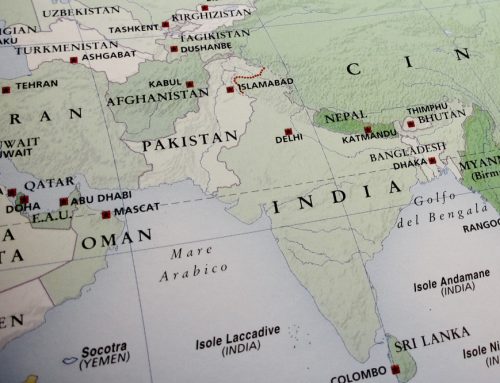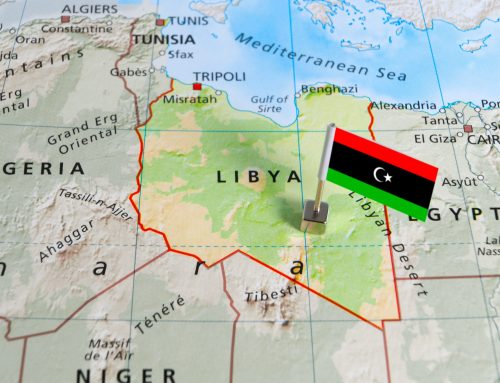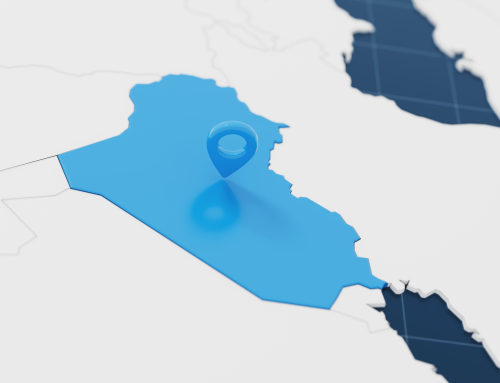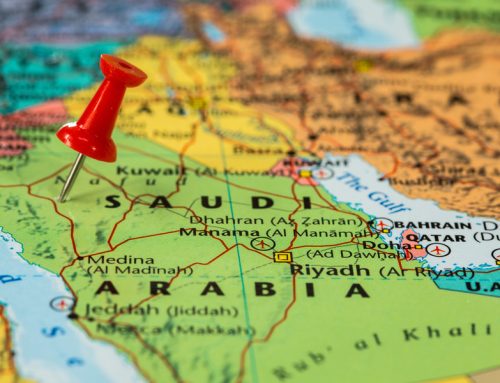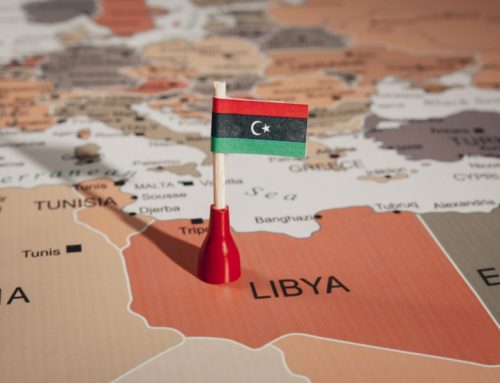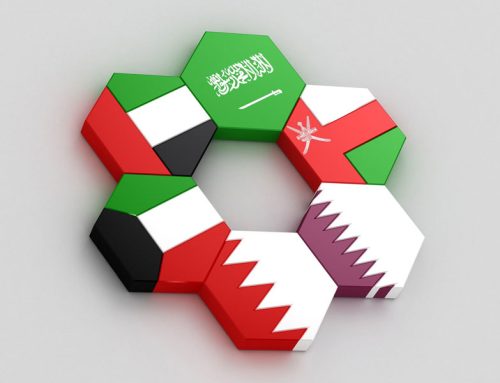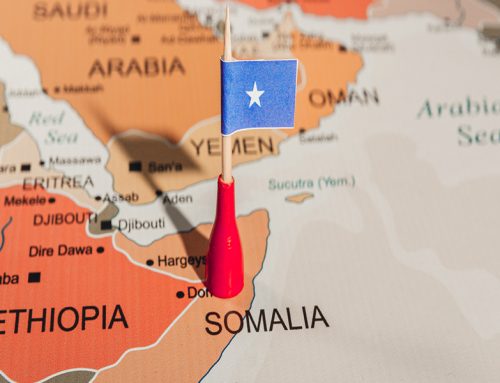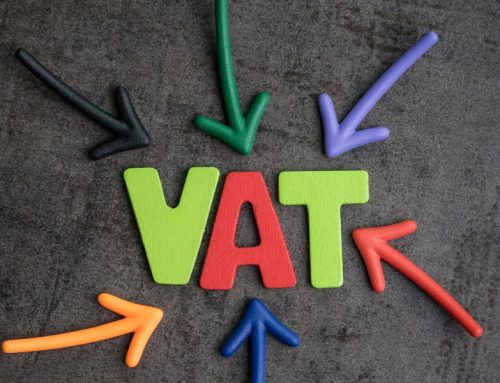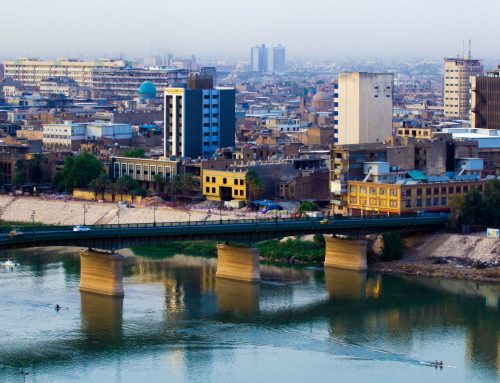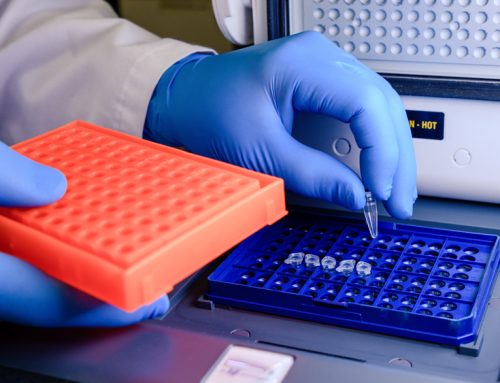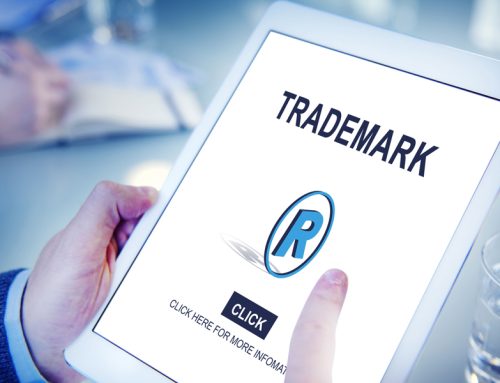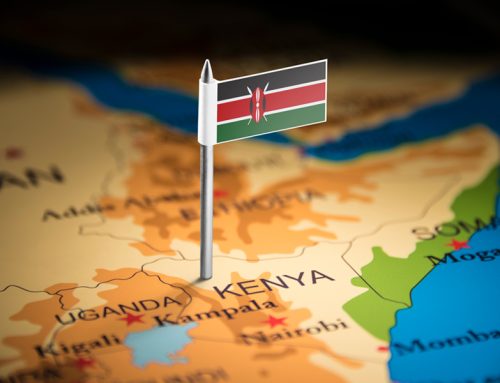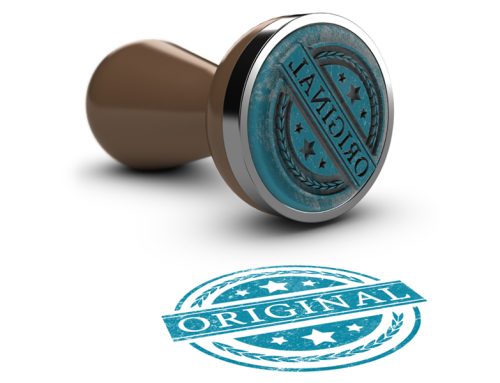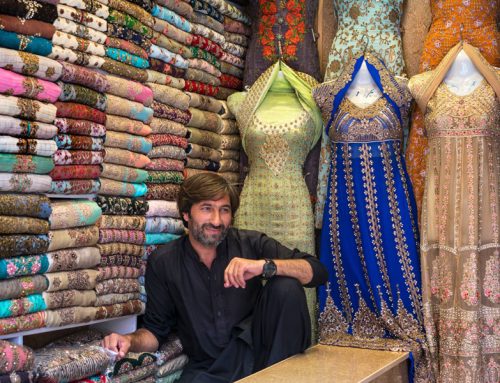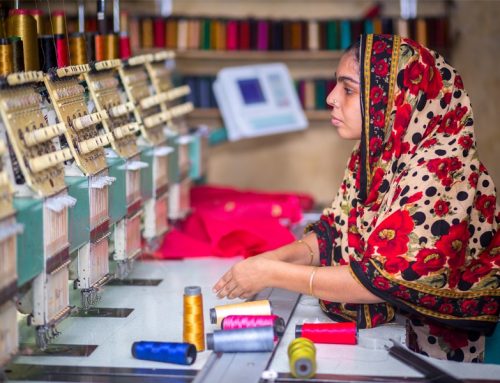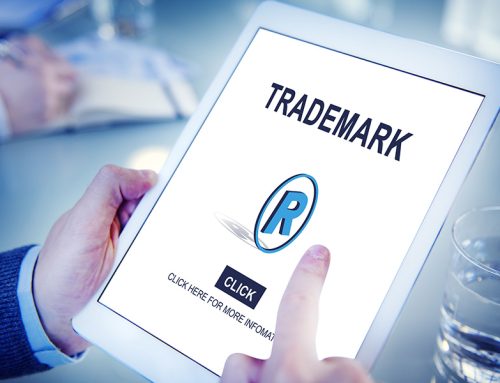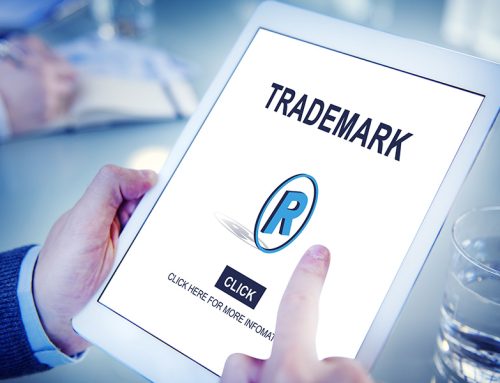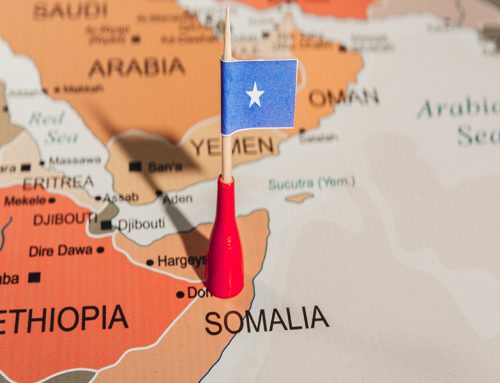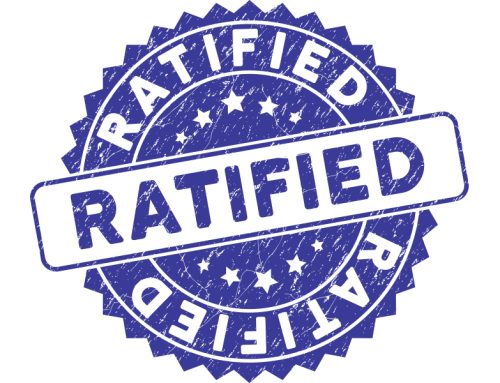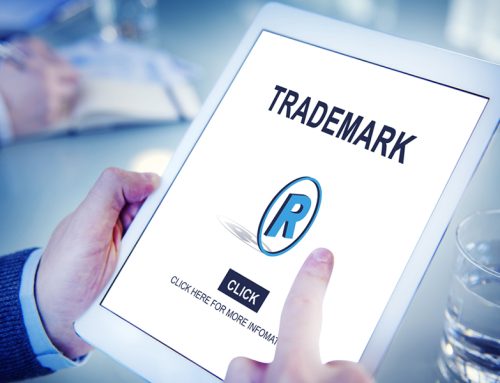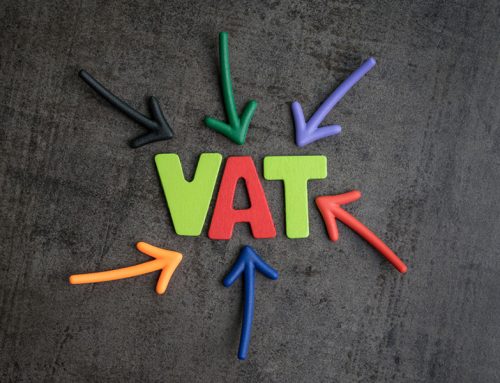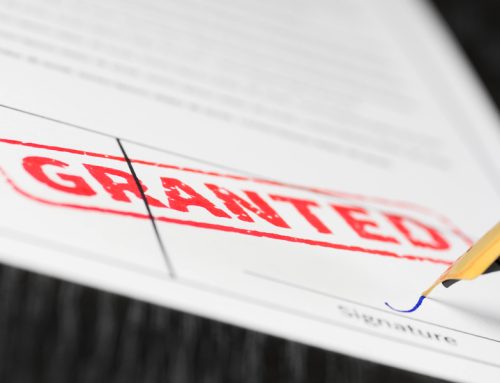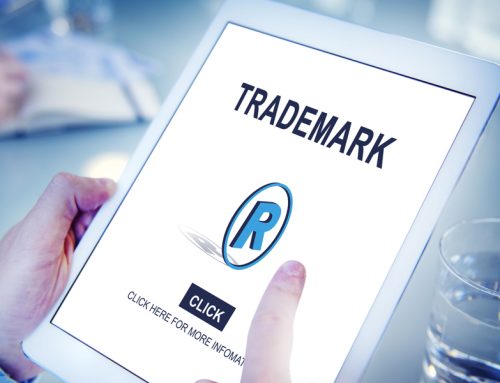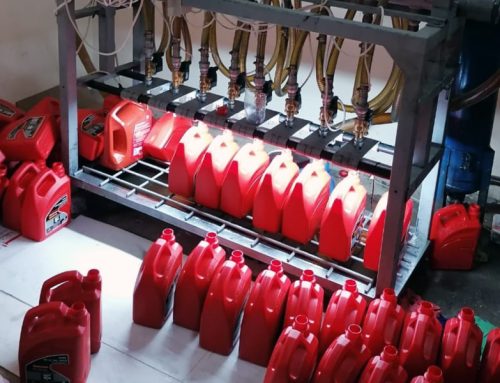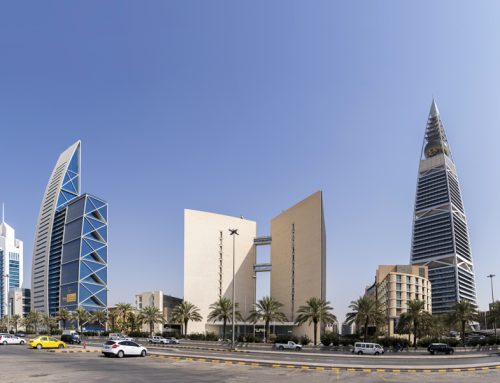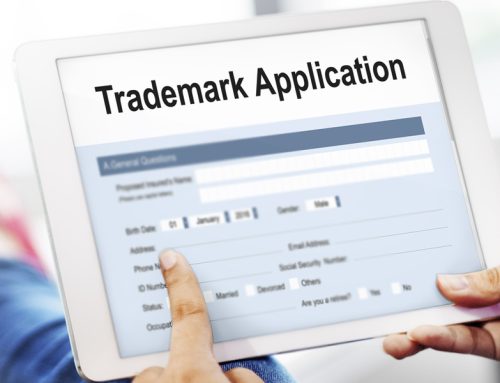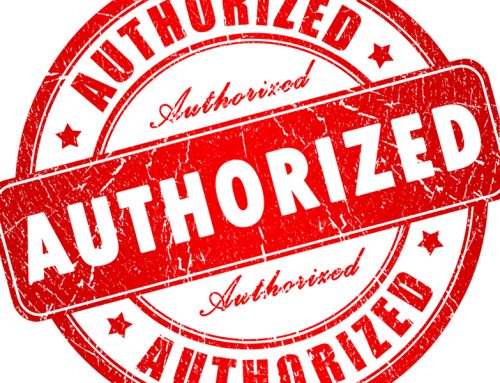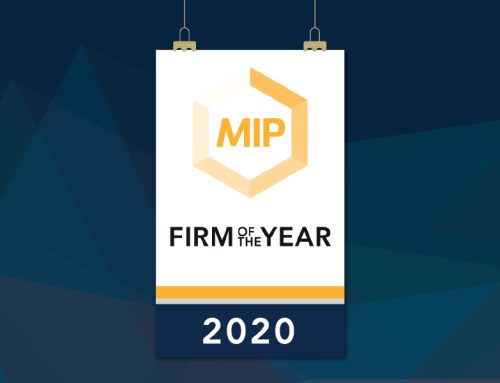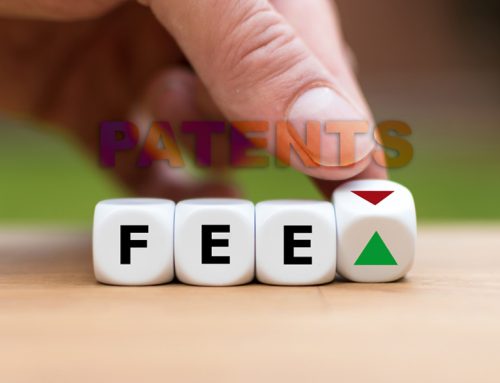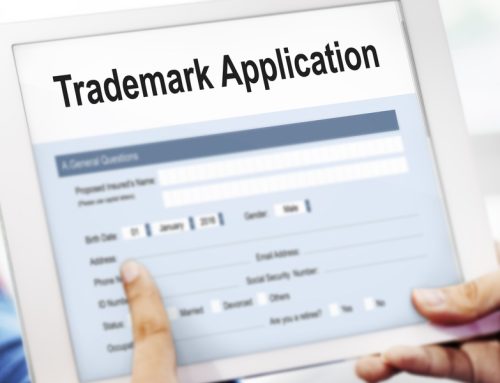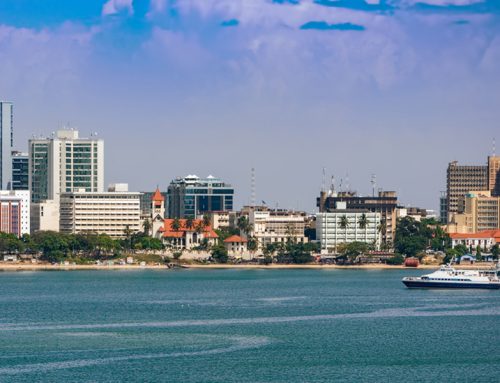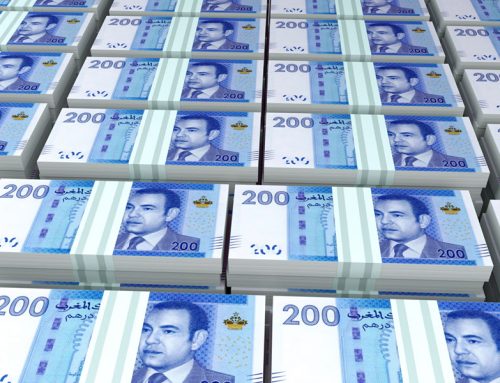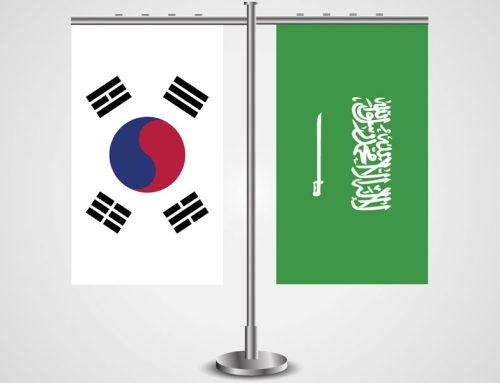The Gulf Cooperation Council comprises the following six countries: Bahrain, Kuwait, Oman, Qatar, Saudi Arabia, and the United Arab Emirates. Historically, these countries and the region at large have been recognized as key suppliers of oil and gas. The economies of the GCC countries were primarily, and in earlier years, based on the export of these crucial and indispensable products.
The growth in population, the evolving world economies, and, in particular, the fluctuation of oil and gas prices have held the GCC countries hostage to their dependency on these products. The need to diversify their economies to create more stable futures and drive internal growth became apparent in the late ‘80s and all the way up to the 21st century. However, some of the basic infrastructures were lacking to allow for this growth, namely, higher level education facilities, research and development centers, and the appropriate incentives to create and innovate.
Over the past few years, it has become apparent that the strategies that were developed and put in play to address this growth are beginning to bear fruit. King Abdullah University of Science & Technology in Saudi Arabia has become a major research hub, attracting world renowned researchers and providing opportunities for local and regional students to tackle some of the more difficult issues in various technical fields. This is attested to by the number of publications in peer-reviewed journals, as well as the number of patent applications filed internationally. Similarly, the Kuwait Institute for Scientific Research, the oldest research center of its kind in the region, has also evolved and welcomes leaders and researchers in various fields. Here again, the recent increased in publications and international patent filings are an indication of the commitment of this relatively small state to promote innovation.
These are merely two examples of many such performing institutions, such as Kuwait University, Sultan Qaboos University in Oman, Qatar University, Qatar Foundation, and the numerous public or private research and development companies which are considered as main drivers in their respective countries, namely SABIC in Saudi Arabia, Borouge in the UAE, Equate in Kuwait and many more.
Until the GCC countries become real powerhouses of creation and innovation, it is indispensable for them to import the know-how as they develop a better understanding and build an R&D system that will catalyze local innovation. As a result, each country witnessed the birth or evolution of its intellectual property systems extending trademark and patent protection to foreign innovators attracted to their markets. The systems were slow to develop at first and have certainly come a long way in the past few decades. In a watershed moment in the ‘90s, the GCC Council of Ministers voted into law a regional, centralized patent system that will enable innovators to obtain adequate patent protection in all six member countries by filing for and obtaining one patent. In 1998, the first GCC patent application was filed and by 2002, the first GCC patent was issued.
The GCC patent system was a convenient system in a region where paperwork was—and still is a necessity. The possibility of having to legalize only one set of documents is much more attractive than the hassle and cost of doing that six times for six different countries and six different applications. The GCC patent system also offered a cost advantage from filing one application with one set of official fees, instead of six official fees varying in amounts from country to country. Most importantly, the GCC patent system provided for substantive examination and issuance of patents which could be enforced, whereas the individual member countries were lagging with the publication of implementing regulations which would govern the examination, publication and grant procedures.
In recent years however, the national systems have evolved introducing said regulations, introducing examination procedures as well as publishing, granting and issuing national patents. Saudi Arabia and the UAE lead this endeavor in their own separate ways. The Patent Office in Saudi Arabia developed its own internal capabilities whereby patent applications were examined in-house by highly qualified and trained examiners. The UAE opted to outsource its examination for the time being, but this may change over time.
The Saudi and Emirati systems also moved to a paperless, electronic system, as did the GCC system. These burdensome documents that require notarization, certification and legalization can now be provided and submitted as electronic copies. This meant that there was no more running after the international courier to collect that one additional document that needs to be delivered by a tight deadline. Other countries are starting to follow suit, with Bahrain next in line and the others working on developing their systems as well.
Whereas a GCC patent application may have a number of advantages, there are certain national level laws and regulations that are lost to GCC patents. One of the most important is the ability to request patent term extensions (PTE). Presently, both Bahrain and Oman patent laws provide for PTE, either as a result of delays in the granting of a patent (similar to the US patent term adjustment), or as a result of delays in granting a marketing authorization (applicable to pharmaceutical patents).
As a result of a recent update in regulations on tobacco in Saudi Arabia that we reported on in our January 2019 Bulletin, GCC patent applications on tobacco and related products may no longer be allowed. The GCC Patent Office, which is located in Riyadh, Saudi Arabia, appears to be affected by this recent change in regulations. Although it is not clear at this time whether the other GCC member countries will implement such regulations on tobacco, it is clear that tobacco-related patent applications will not be allowed in Saudi Arabia. This matter has not been legally challenged yet to ascertain whether or not the applicability of the Saudi regulations on GCC patents is valid or not. After all, the local laws in Saudi Arabia should not affect the decision issued by a regional body such as the GCC patent system which extends to neighboring countries.
For both exceptions described in the preceding two paragraphs, applicants may find that a national filing is preferred over a regional GCC filing. For example, pharmaceutical applicants may find the option of requesting additional patent term as a result of delays in granting marketing authorization, an essential part of their filing strategy in the region. In another example where a subject matter may not be allowed in one country or another, but allowed in others, such an applicant may also opt for a national filing.
As an added advantage, and as of 2017, all six GCC member countries are automatically designated on an international application, thus making it possible to enter national stage in all six countries. Kuwait was the last country to accede to the PCT, and in case in doubt, the Patent Office in Kuwait has resumed its operations and began accepting PCT national stage entries as of March 2018.
The enduring question of whether a GCC patent can be enforced in each country and whether a national patent is better enforced remains to this point unchallenged and unconfirmed. GCC patents have been successfully asserted in a number of cases in different countries in that region, indicating that a GCC patent is enforceable in all six countries. Pursuant to the laws and bylaws of the GCC patent system, a GCC patent extends protection in all six member countries; however, local patent laws and regulations are applicable. The system may be compared to the European one, prior to the implementation of the Unitary Patent and the Unified Patent Court.
The only problem with enforcement of either a GCC patent or a national patent remains the lack of enough cases, no cases in some of the countries, and the lack of precedent or jurisprudence upon which to build statistics or clear guidance. As more industries develop in the region, either innovative ones or imitators and generics, it is expected that patents will be challenged and the landscape will undoubtedly evolve and mature over time.
The last remaining question to ask is: “Will the GCC Patent System accede to the PCT?” The move makes a lot of sense; however, there are many factors to take into account. One of the major factors is that on a national level, each country has invested a lot of time, money and effort to develop its own patent system. A GCC system that is a PCT member will certainly have a negative effect on the return on investment expected by these national offices.
In closing, the decision of which route to choose may not necessarily be an easy one as a business looks for a balance in budget, market size, potential and other components in its filing strategy. Suffice it to say that given the increase in total patent filings in the region, and the more rapid increase in local applicants, the market is of high interest to certain industries and the risks are only increasing as the region develops and diversifies its economy.
Should you have any questions, or require any additional information, please contact us at news@sabaip.com

